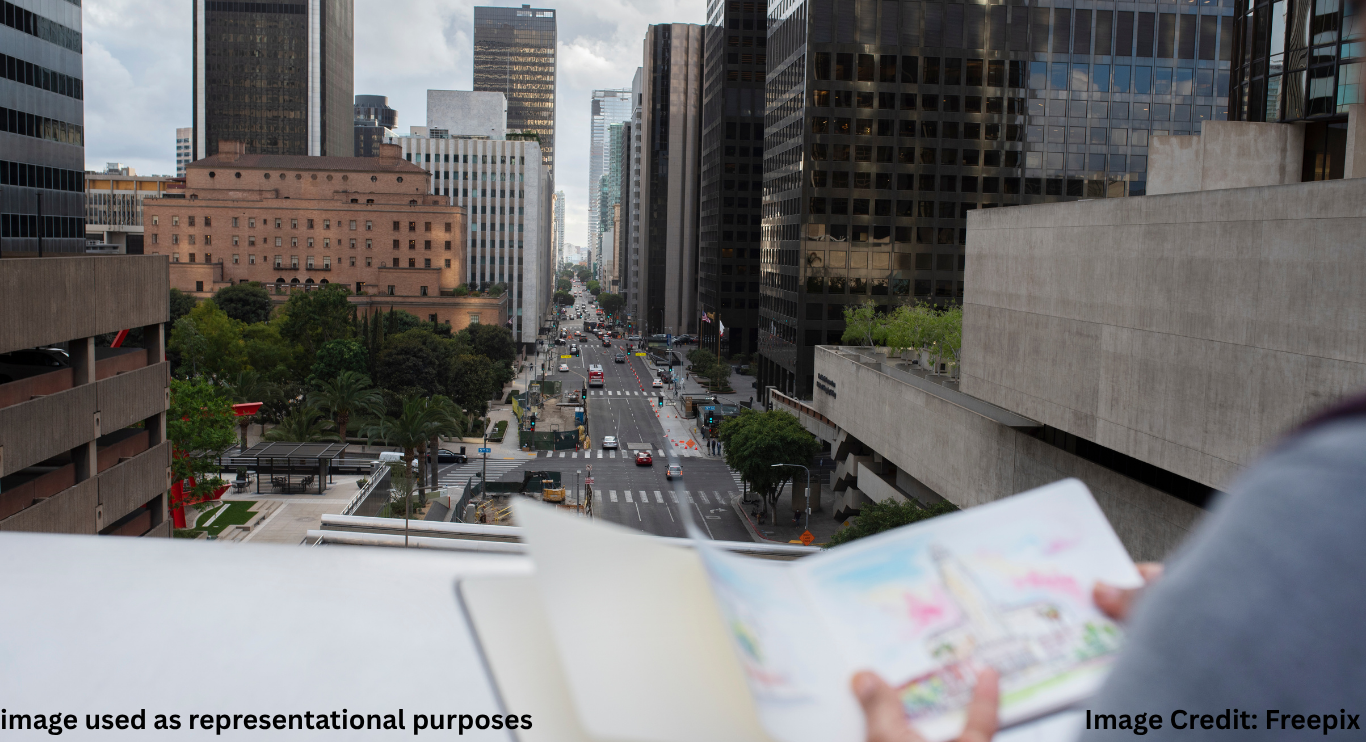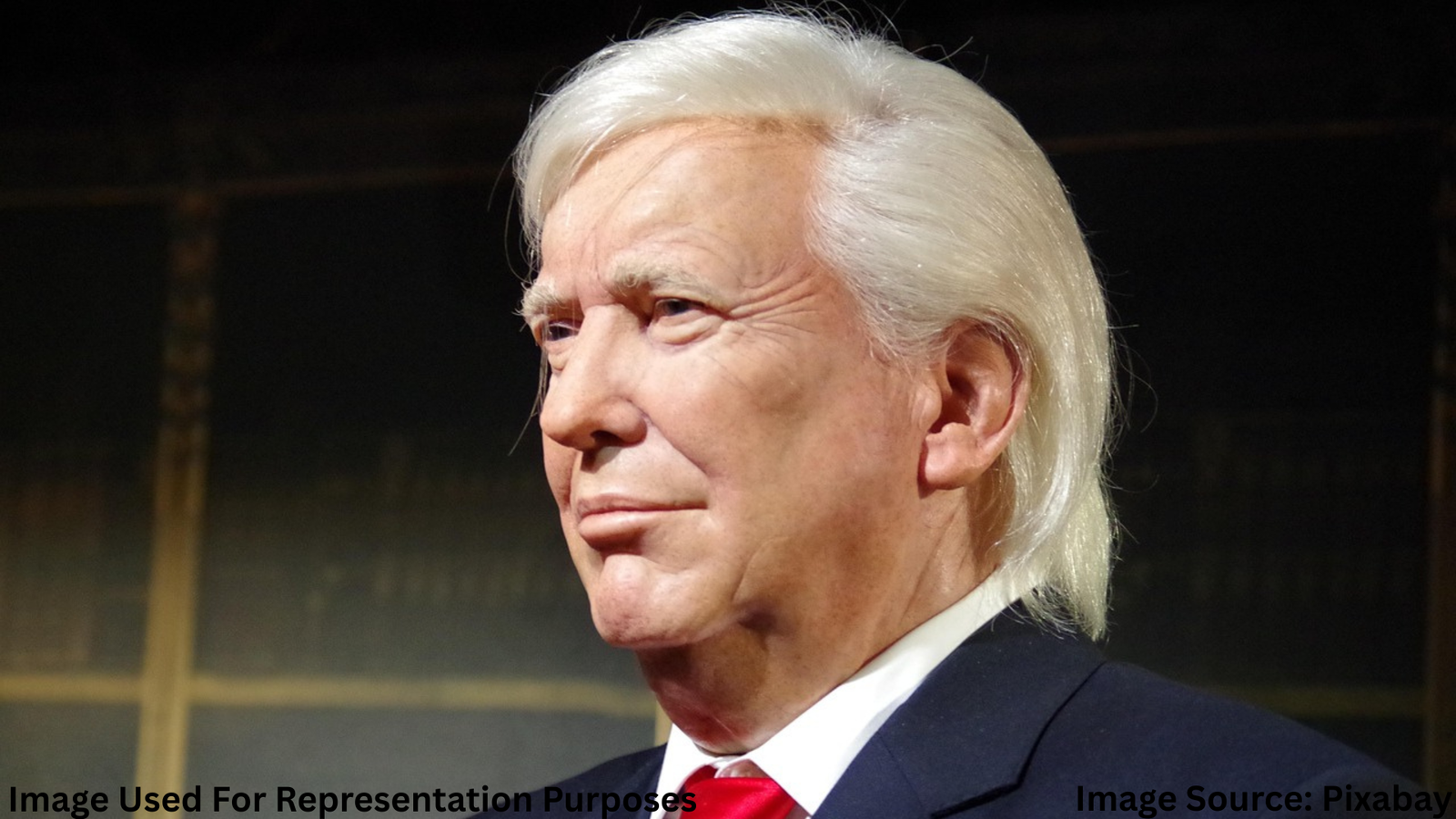
Introduction to Urban Planning in USA
urban planning in USA is the blueprint for how our cities and towns grow, function, and feel. It’s not just about roads and zoning—it’s about shaping vibrant, healthy, and equitable communities. City planners, local governments, and engaged citizens all play a part in crafting a future where everyone benefits.
Why It Matters: Personal and Community Benefits
When urban planning works well, we see:
Healthier lifestyles—sidewalks, parks, bike lanes boost physical activity.
Economic growth—well‑designed commercial zones encourage local business.
Social connection—walkable streets and community centers foster engagement.
Environmental protection—green spaces and efficient transit reduce waste and emissions.
Core Principles of Effective Urban Planning
Sustainability and Green Spaces
Green parks and tree‑lined streets aren’t just pretty—they clean air and regulate temperature. In Portland, Oregon, the city’s “Green Streets” program uses gardens and permeable paving to reduce stormwater runoff.
Connectivity and Transit
A connected city means fewer traffic jams and more accessible commutes. In Denver, expanding light rail helped residents shift from cars to public transit, cutting congestion and commute times.
Mixed‑Use Development
Mixed‑use neighborhoods combine homes, shops, offices, and recreation. The revitalization of Baltimore’s Harbor East is a prime example—turning an old industrial zone into a lively, walkable district.
Real‑Life Examples: Success Stories
Cleveland’s EcoVillage: A grassroots project transforming vacant lots into co‑housing and permaculture farms is creating a sustainable, tight‑knit neighborhood.
Minneapolis 2040 Plan: The city eliminated single‑family zoning to promote diverse housing types and affordability.
Charlotte’s CityLYNX Gold Line: A modern streetcar line connects cultural hotspots and neighborhoods, boosting access and foot traffic.
“Cleveland EcoVillage has brought neighbors together in ways I never imagined,” says local resident Maria Lopez. “We share produce, meals, and stories—all in our own backyards.”
Personal Anecdote: My Own Neighborhood
Growing up in an older suburb, we had few sidewalks and no central park. As an adult, I moved to a planned community in Austin, Texas. Here’s what changed: morning walks along tree‑lined paths, chatting with neighbors on front porches, and community gardens where we grow tomatoes and peppers. That sense of belonging was new and refreshing.
Practical Advice: What You Can Do
Here’s how you can help shape urban planning in your area:
1. Attend public planning meetings: City councils and planning commissions are open to input.
2. Join community groups: Connect with like-minded people pushing for parks, greenways, or bike lanes.
3. Support mixed‑use projects: Petition for zoning that allows homes and shops in the same area.
4. Use available transit: Demonstrating demand for public transit encourages investment.
5. Volunteer locally: Help plant trees, beautify blocks, or advocate for safe crossings.
Challenges and Solutions
1. Funding Constraints
Many cities struggle to fund big projects. Solution: Start small—add bike racks, repaint crosswalks, pilot a pop‑up park.
2. Community Resistance
Change can be scary, especially in historic areas. Solution: Use visual tools, renderings, and walkthroughs to show benefits, and involve residents early.
3. Equitable Development
New projects sometimes push out lower‑income residents. Solution: Include affordable housing mandates, protect rent‑controlled units, and involve local voices.
Conclusion: The Road Ahead
Urban planning in the USA is not a distant, abstract idea. It’s happening now—in parks, transit lines, bike lanes, and community hubs. When people and planners work together, the benefits are
real and lasting: better health, stronger communities, and more resilient cities. Whether you’re a neighbor or a policymaker, your voice matters.

Akalumhe Jefferson is a content writer with a new found interest for crafting engaging stories that transport readers to new worlds. Although no current actual background in creative writing but there’s active love for writing



